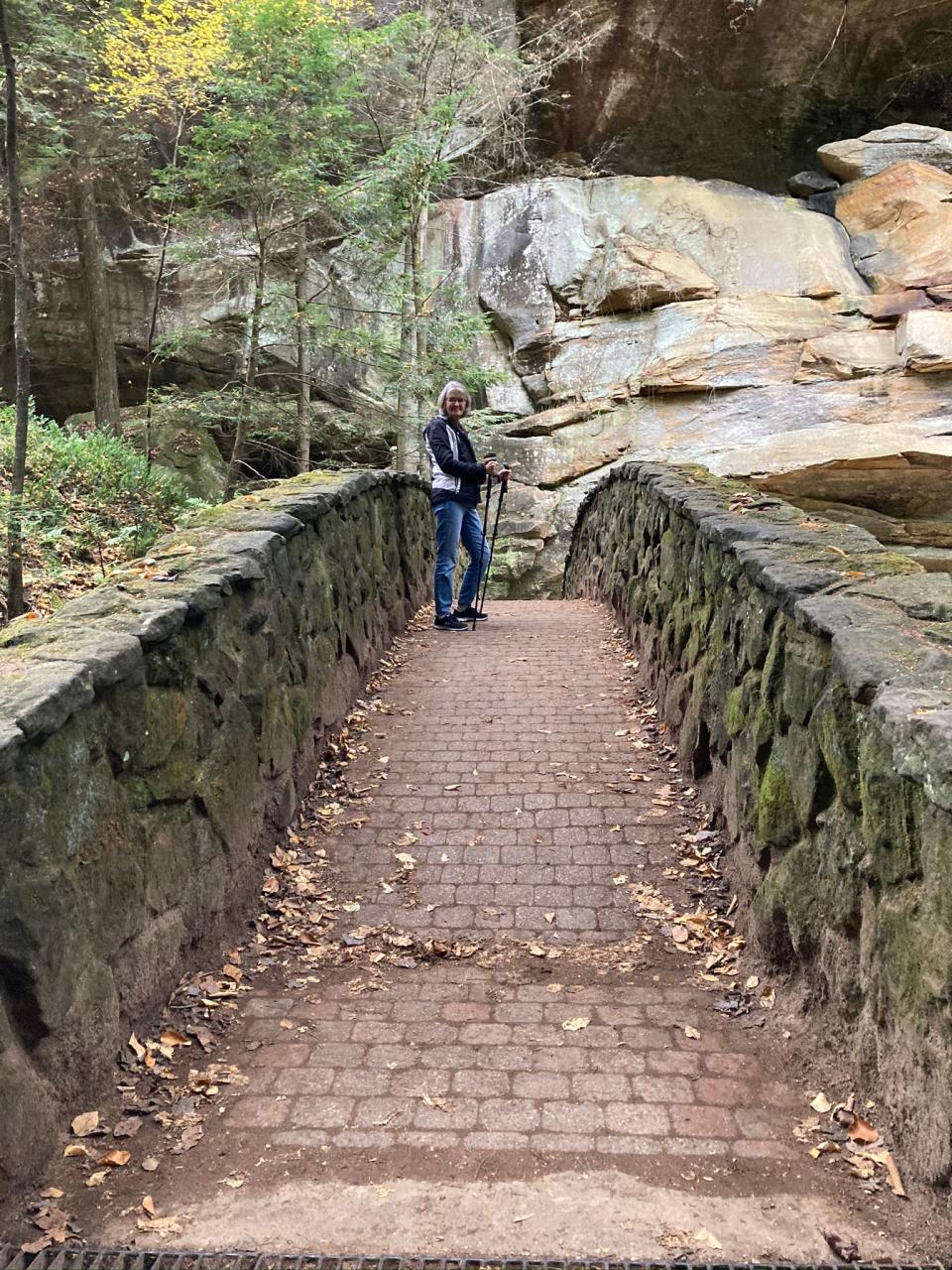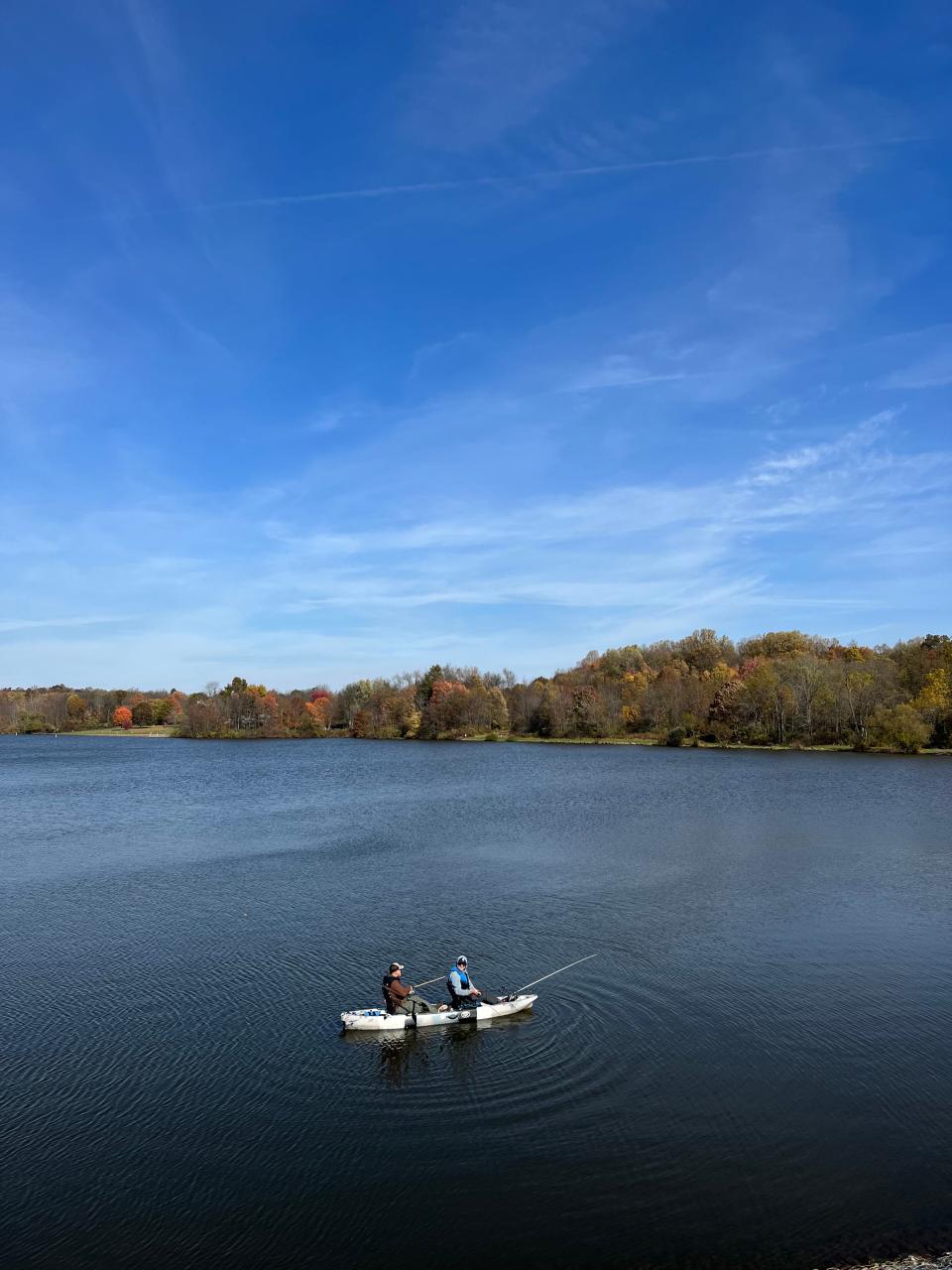Ohio Dept. of Natural Resources making plans for future of outdoor recreation
I still remember it to this day. It was the late 1980s, and the Ohio Division of Wildlife was having a public meeting at the vocational school in Medina for sportsmen to voice their concerns with wildlife rules and management goals.
In a room full of wildlife officers and DOW staff, during a discussion on hunting dates, an older farmer got up to voice his opinion on the division’s crow hunting regulations.
“I don’t care what the hunting regulations say,” he blurted out, “if they’re in my sights, they’re in season.”
Half the room gasped; the other half laughed. And no, he wasn’t issued a citation. He was giving his opinion, and that’s what the meeting was for.

Well, we’ve come a long way since those days, and the Ohio Department of Natural Resources does things differently now. In fact, every division under the ODNR umbrella sets management goals and maps out plans to best serve the sportsmen and women of Ohio.
A blueprint in the works for 2024-28
And, right now the ODNR is putting the final touches on its Statewide Comprehensive Outdoor Recreation Plan, a blueprint for the agency to consider when making decisions for the upcoming years of 2024-2028.
Called “Ohio SCORP,” or just “SCORP,” the plan establishes priorities for achieving outdoor recreation goals by evaluating the ongoing and emerging outdoor recreation trends and needs.
In addition, the 2024 SCORP makes Ohio eligible for U.S. National Park Service support through the Land and Water Conservation Fund (LWCF) under the LWCF Act of 1965, which requires each state to have an approved SCORP on file with the U.S. Department of Interior National Park Service.
There is a myriad of other funds available for outdoor-related projects, such as those used for the Bowfin Bottoms-Killbuck Swamp Preserve Expansion in Holmes and Coshocton counties. That project protects 90-plus acres of bottomland bordering Killbuck Creek, thereby permitting the wetlands to continue filtering pollutants during seasonal flooding and protecting rare and endangered species. The project cost $614,61, and $460,964 came from Clean Ohio funding. SCORP is for projects like that, too.
For the most part, the ODNR used five months of surveys sent in by Ohioans to recognize the best SCORP course, but also did host some of those old-fashioned community get-togethers where survey submissions by county were scarce.
More: Turtle 'tale:' Snapper on the move turns into educational opportunity

Ohioans are becoming less healthy
If you want to look at the ODNR’s draft of the SCORP, you can find all 118 pages of it at ohiodnr.gov/scorp. In a nutshell, all the work that went into outdoor recreation plan showed that Ohioans have become less healthy over the years, and outdoor recreation is a needed outlet for both one’s physical and mental health.
The survey showed that trail activities are the most popular, with 95 percent of the households that submitted the form taking part in some form of walking, hiking or biking. Based on that, improving and enhancing the current trail system is a major priority. Focusing on paddle sports and improving access to Ohio’s lakes, rivers and streams is also listed as a goal going forward. Ultimately, the goal is to increase participation in outdoor recreation.
So many possibilities for outdoor recreation
For me, though, the point that stood out most in scanning the 118-page document is the vast number of outdoor possibilities Ohioans already have. First off, there’s all the different divisions within the ODNR, such as: Forestry (24 state forests), Wildlife (150 state wildlife areas); Parks and Watercraft (75 state parks, 57 state campgrounds, 18 horseman’s camps, 10 lodges); not to mention 144 state nature preserves and 14 scenic rivers.
Add in Ohio Canal Lands, Lake Erie Coastal Management lands, historic sites and museums, Ohio Public Works Commission lands, the 62 Ohio Park Districts and 20 Conservancy Districts, and you have so many opportunities for outdoor recreation. And, that doesn’t include town, city, metro and county parks, joint recreational districts, as well as every little league field, soccer field, tennis court, BMX park, town fishing pond, golf course and on and on. They’re all outdoor recreation, and they’re all needed.
In fact, as the SCORP report points out, “local government agencies are the backbone of public recreation opportunities in Ohio. Cities, villages, counties, townships, and school districts offer numerous recreational facilities, programs, and events close to home, whether a playground, ballfield, fishing lake, or trail. The role of local governments is significant in improving the quality of life and delivering recreational services to Ohio residents.”
Outdoor recreation is big business
When you add it all up, outdoor recreation is big business, and having a plan to maximize dollars and opportunities is important.
So, how big is outdoor recreation? It’s among our nation’s largest economic sectors. According to the statistics in the Ohio SCORP report, the outdoor recreation economy generates $887 billion in consumer spending annually and supports 7.6 million jobs. Americans spend more on outdoor recreation than pharmaceuticals and fuel combined.
Each year, Americans spend more on trail sports gear ($20 billion) than on home entertainment ($18 billion); more on water sports gear ($14 billion) than on movie tickets ($11 billion); and more on cycling and skateboarding ($97 billion) than on video games ($61 billion). More Americans participate in outdoor recreation annually (145 million) than attend NFL, NBA, MLB, and NHL games combined (134 million).
So, that’s why the Ohio SCORP is important, and Ohioans still have an opportunity to put their two cents worth of opinions into the plan. Until the end of August, Ohioans can visit ohiodnr.gov/scorp and leave their comments. There won’t be a room full of wildlife officers there to gasp over your complaints or suggestions, but you can still tell them what you think.

“We know people all around the state love to enjoy the great outdoors in different ways,” ODNR Director Mary Mertz said. “This plan gives us a blueprint for the future and allows us to tailor a plan for outdoor recreation that fits the wants and needs of Ohioans.”
Outdoor correspondent Art Holden can be reached at letsplabal@yahoo.com.
This article originally appeared on The Daily Record: Ohio Dept Natural Resources SCORP plans for future outdoor recreation

